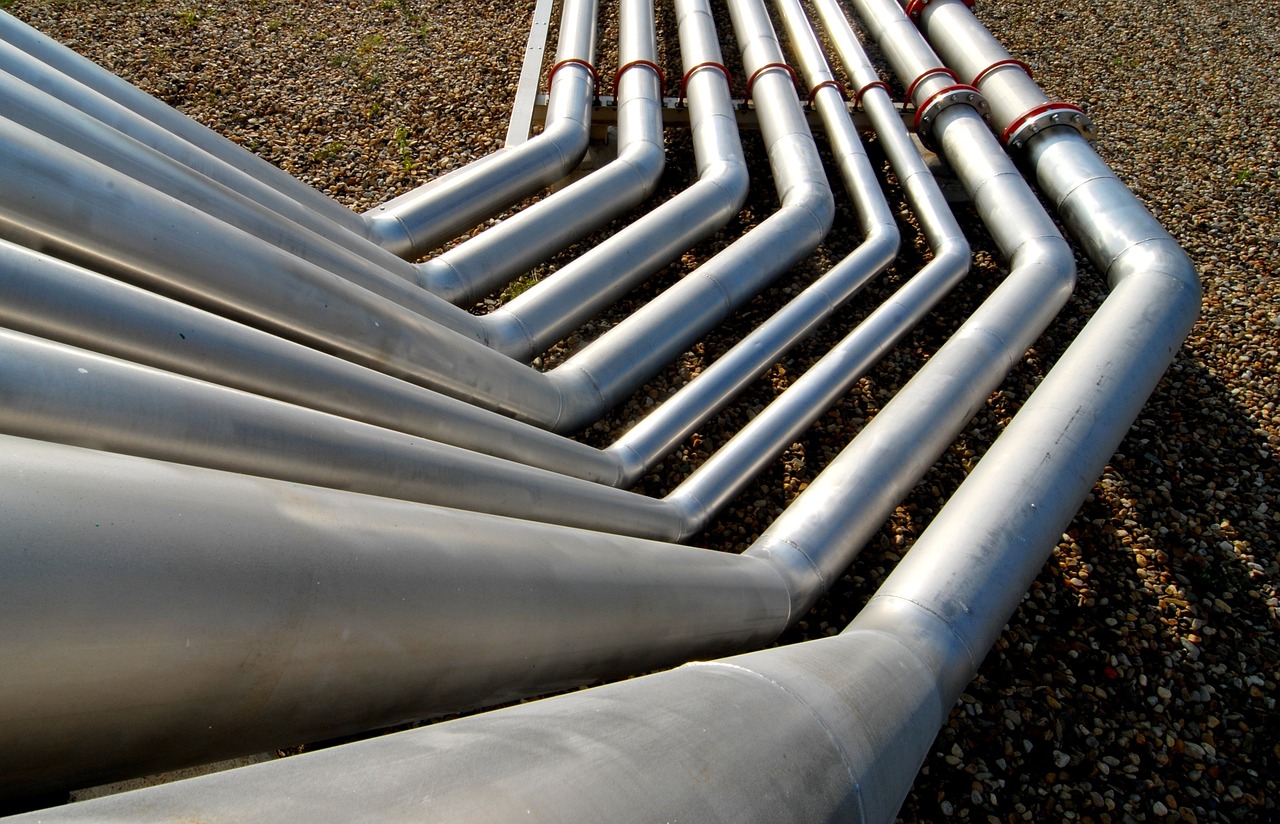One of the biggest challenges throughout the commercial industry is large-diameter piping. These pipes are massive, and making repairs is often complicated. The size of the pipes alone makes it a challenge, but the location of the pipes in places like beneath parking garages or storm drainage adds even more complications.
The good news is that it doesn’t always have to be challenging. Yes, some repairs will be more difficult than others, but with the use of CIPP you can make repairs much easier overall. When a company has the right equipment, they CAN use CIPP for those large-diameter pipeline needs.
What Qualifies as Large-Diameter Piping?
In the pipelining industry, there are different qualifications for what counts as large-diameter pipes. They can be used for a wide variety of needs, but these are often for major mainframes and systems that need to be able to move a lot of material at high rates of speed. In most cases, large-diameter pipes are anything over 16 inches, but there are some types of pipes that are 20 inches before they reach this classification.
Common uses include gas or water transportation, offshore piping projects, wire protection, plumbing mainframe systems, and more.
CIPP and Large-Diameter Piping
Where does CIPP fit into this picture? Typically, when CIPP is applied, a small camera is inserted into the pipes for an inspection and then to place the lining. Large-diameter pipes have a very similar process. You still use the same lining to make repairs or line the pipes. The most significant difference is that for large diameters, a robot with a camera will be used rather than a small camera line. The robots can traverse the large pipes and provide a much larger feed to the workers on the other end of the camera.
These pipelines are not without their challenges, even with a robot and inspection capabilities. However, with the ability to use much larger cameras, it makes repairs much easier. CIPP has not always been an option for these types of pipes because of their sheer size. Thanks to updates in technology, it is now.
Using these robotic inspection cameras, we do a thorough inspection of the affected pipelines. This allows us to ascertain just what the issue is to determine how repairs should be made. In some cases, you may choose to use CIPP simply to be proactive against aging and future repairs.
Following the inspection, we insert the CIPP liner just like with any other type of piping. The liner adheres to the pipe surface and will not impede the flow needs. It is compatible with almost any type of pipe material and anything flowing through the pipes. The downtime is just long enough for the liner and adhesive to properly cure, and then you are back in business. Did we mention no digging is required?
Let Advanced Pipe Repair Take Care of Your Piping Needs
If you are facing large-diameter piping repairs or simply want to be proactive against repairs, we can help. Advanced Pipe Repair offers a wide variety of CIPP solutions to cover every type of need. Contact us today for your no-dig pipe repair. We’re here to help!

